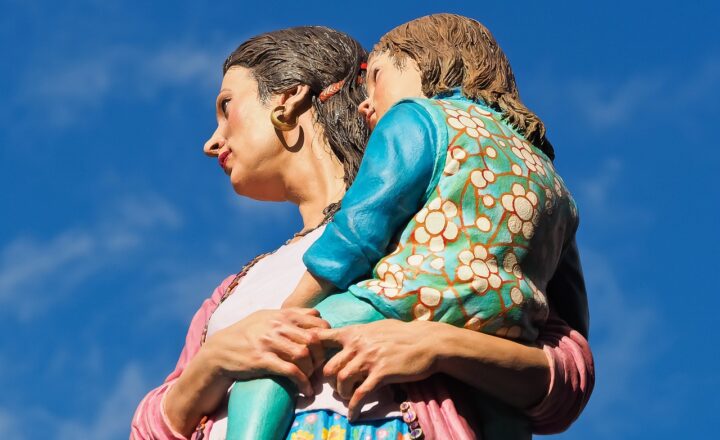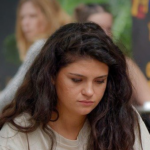How Music Festivals Became a Celebration of Art and Community
November 16, 2024

Music festivals have evolved dramatically over the decades, transforming from small gigs in local parks to sprawling multi-day celebrations that draw thousands—even millions—of people. These exciting events have become more than just a platform for artists to showcase their talents; they are a vibrant celebration of culture, art, and community. In this article, we explore the origins of music festivals, their evolution, and the profound impact they have on society today.
1. The Origins of Music Festivals
The concept of gathering for music can be traced back to ancient cultures. Many societies have historically used music as a way to celebrate, commemorate, or assert identity. The idea of a music festival can be seen in the context of traditional celebrations across various cultures, where music was a core element of the festivities.
One of the very first modern music festivals is often considered to be the Newport Jazz Festival, which debuted in 1954, featuring renowned artists like Duke Ellington and Billie Holiday. This festival marked the beginning of a new tradition, paving the way for future events that would showcase various musical genres.
2. The 1960s: A Cultural Revolution
The 1960s brought about a cultural revolution that significantly influenced the music festival landscape. The iconic Woodstock Music and Art Fair in 1969 played a pivotal role in shaping what we today call music festivals. It was not just a concert; it became a countercultural milestone, attracting over 400,000 people to celebrate peace, love, and music.
Woodstock laid the groundwork for future festivals, establishing them as gatherings where attendees shared a common ethos and community spirit. This era highlighted how music could be a form of protest and unity, manifesting an artistic expression that transcended individual performance.
3. The Festival Boom of the 1980s and 1990s
As music evolved, so did festivals. The 1980s and 1990s saw a boom in festivals as genres diversified. Prominent festivals such as Coachella and Glastonbury began to emerge, blending music with fashion, art, and lifestyle. They became platforms for new artists to gain exposure and for fans to connect over shared interests.
These festivals started to attract corporate sponsors, allowing organizers to enhance the experience while also raising concerns about commercialization. Despite this, a festivalgoer typically hopes for an authentic experience, eager to immerse in the shared passion for music and community.
4. Community and Connection in Modern Festivals
Today, music festivals are richer in experience and diversity than ever before. They serve as melting pots where attendees from various backgrounds come together, breaking down societal barriers. Festivals are more than a showcase of musical talent; they are cultural phenomena that blend art, activism, wellness, and sustainability.
Many festivals today promote eco-conscious practices and social justice initiatives, reflecting a growing awareness among attendees. Music festivals like Burning Man and Lollapalooza have integrated philanthropy, environmental concerns, and community-building into their core mission, creating a positive impact long after the last performance ends.
5. Festivals as a Platform for Diversity and Inclusion
The last decade has seen an increasing demand for representation within festival lineups, leading many organizers to prioritize diversity and inclusion. Festivals like Afropunk seek to elevate marginalized voices and demonstrate that music can be a powerful tool for social change.
This movement emphasizes the importance of artistic representation, as diverse lineups enrich the culture and inspire attendees. It allows for the exploration of varied perspectives, fostering dialogue among communities and transforming festivals into platforms for social awareness and political activism.
6. The Digital Age and Music Festivals
The digital revolution has also reshaped festivals significantly. With live streaming, music festivals can now reach audiences far beyond their geographical limitations. This inclusivity allows those who cannot attend in person to partake in the festival experience from anywhere in the world.
Furthermore, social media has become an integral part of the festival culture, allowing attendees to share their experiences in real-time, creating a sense of community that extends beyond the festival grounds. Hashtags and sharing photos and videos promote engagement and connect attendees before, during, and after the events.
7. The Future of Music Festivals
All trends indicate that music festivals will continue to evolve. As society grapples with challenges such as climate change, social justice, and digital transformation, festivals may reflect these issues and respond accordingly. Hybrid models combining live experiences with virtual elements could become the norm, making festivals more accessible than ever before.
Moreover, as the festival experience becomes more immersive, we may see an even greater emphasis on blending music with other forms of art—like visual art installations, dance, and culinary experiences—creating an enriched landscape for attendees.
Conclusion: Celebrating Art and Community
Music festivals have undoubtedly transformed into vibrant celebrations of art and community. They foster connections, break down barriers, and promote messages of unity and inclusivity. As they continue to evolve, they will increasingly serve as platforms for vital cultural exchange and social commentary, reminding us that at the core of every festival lies the heartbeat of community and the passion for music.
In a world yearning for connection, music festivals are a testament to the power of coming together to celebrate creativity, diversity, and the shared human experience.






